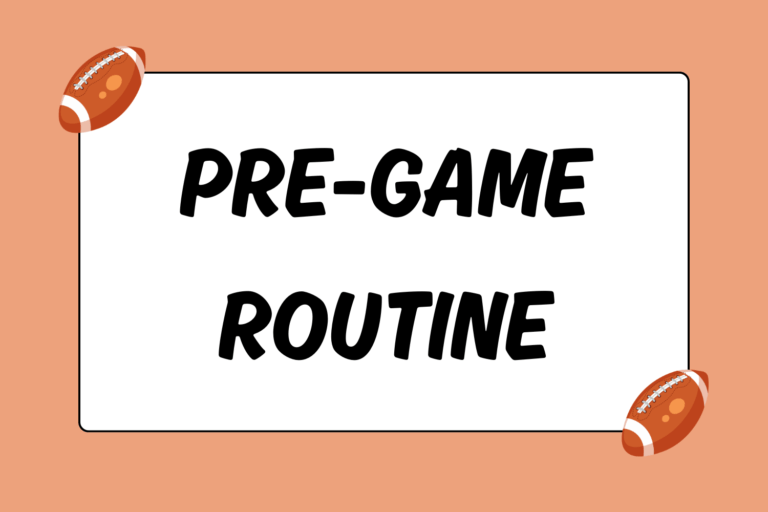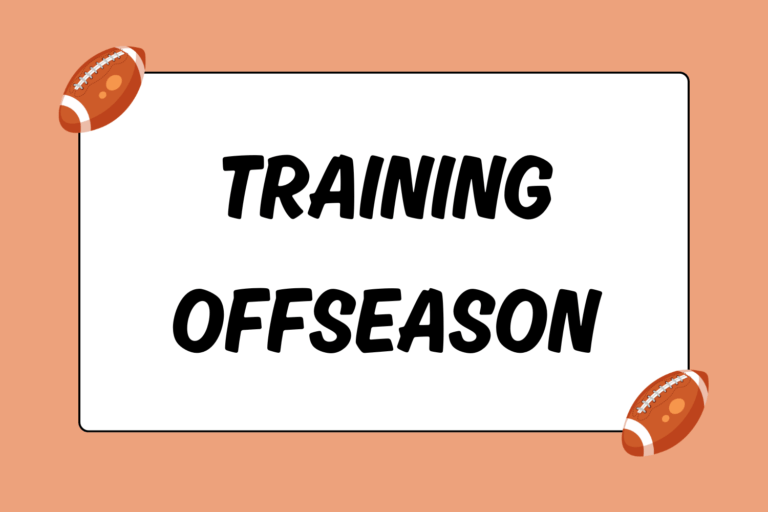Any time an offensive player gets the ball, he has two goals in mind: Move the ball as far down the field as possible, and get in the endzone for a touchdown. While it’s extremely difficult to accomplish either one of those ambitions on every play, they’re still at the forefront of every ball carrier’s mind. However, there are several maneuvers that increase the ball carrier’s likelihood of gaining positive yardage or scoring. This guide identifies some of those maneuvers, and explains how they work.
Different Styles for Different Players
For the most part, running backs and receivers handle most of the ball carrying duties. However, they are generally very different in terms of their skill sets and physical attributes. For the most part, running backs are short, stout, and strong, while most receivers are tall, slender, and explosive. Although this standard generally holds true, there are exceptions. There have been 6’5″ running backs and 5’8″ receivers found at the highest level of the game, and such players have definitely been successful ball carriers.
Players who routinely carry the ball differ in size and shape. Because of this variation, players have to develop an assortment of maneuvers to make it easier to gain positive yardage. These maneuvers can essentially be broken down into two categories:
- Force maneuvers: These moves require strength, and the ability to absorb contact.
- Finesse maneuvers: These moves require lightning-fast reflexes and nimble feet.
There are inherent risks in both types of maneuvers. Force maneuvers require higher levels of contact, while finesse maneuvers use high-speed movements that reduce the ball carrier’s grip on the ball. Below are a few examples of each maneuver.
Mental Edge
It’s common for teams to use two running backs in their offensive scheme — one smaller and faster, the other bigger and stronger. The running back duo of Willie Parker and Jerome Bettis, from the 2005 Super Bowl-champion Pittsburgh Steelers, is a great example of such a running back tandem. Parker’s run game relied heavily on finesse, while Bettis’ forceful style of running over defenders earned him the nickname “The Bus.”
Force Maneuvers
Force maneuvers require strength, momentum, and the ability to both give and take a hit. Here are two common examples of a force maneuver:
The Stiff Arm
The move that’s famously captured in the Heisman trophy, the stiff arm is exactly what it sounds like: A move that creates separation by using your arm. The ball carrier sticks his free arm straight out, locked at the elbow, and makes contact with a defender. Ball carriers generally use the stiff arm to either push a defender down to the ground, or to direct a defender’s momentum away from the ball carrier’s body.
Lowering the Shoulder
When the ball carrier and a defender slam into one another, the player that best uses his body and momentum generally wins the battle. If the ball carrier lowers the shoulder closest to the defender just before both players make contact, there’s a good chance the ball carrier will win. The reason for this has to do with a physics-laden combination of balance, momentum, and center of gravity:
- Both the ball carrier and defender will be crouched over slightly. It’s difficult to move quickly if you crouch over too much, but you’ll have less momentum if you stand too upright.
- Immediately before contact is made, the ball carrier can drop the shoulder that’s closest to the defender by several inches. Doing so lowers the center of gravity even more.
- When contact is made, the ball carrier’s lower center of gravity provides more momentum for the hit and more balance to remain on both feet.
Even if the defender isn’t knocked over completely, the odds are in the ball carrier’s favor that he will come out of the collision victorious.
Finesse Maneuvers
Finesse moves require high levels of balance, coordination, and acceleration. Players use finesse maneuvers to avoid contact, and they rely on their ability to make a quick movement while suddenly changing directions. Here are a few examples of common finesse maneuvers:
The Spin Move
Imagine a ball carrier running downfield, with a defender closing in on him from directly straight ahead. Immediately before they make contact, the ball carrier suddenly spins 360 degrees away from the defender, ending up several feet away and still on his feet. Though the spin move works best when the ball carrier and defender approach at an angle (unlike approaching straight-on), the move can be used in almost any one-on-one situation if it’s timed just right.
The Juke
Also referred to as the “stutter step,” the juke is basically a quick step (or series of steps) designed to confuse an opponent about which way you’re going to run. The key to the juke is balancing the timing of the move, the change of direction, and the momentary loss of speed. A slight juke requires only a subtle direction change and a minimal loss of speed, while a more drastic juke results in a severe direction change. Also, you need to greatly reduce your speed when preparing for a larger direction change. Ball carriers use a series of quick hand and feet movements to make it difficult for the defender to predict where he’s going.
Having Both is Best
Bigger players are normally stronger, and smaller players are normally faster. However, an increase in size doesn’t necessarily mean an automatic reduction in speed and mobility. In fact, players with both size and speed are definitely coveted in the NFL, as they are usually capable of using both force and finesse.





